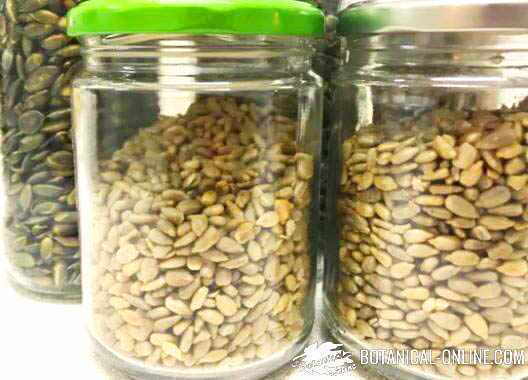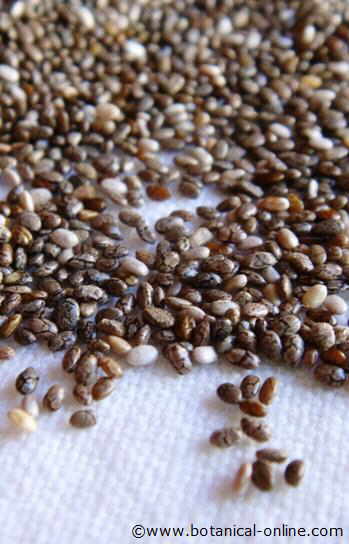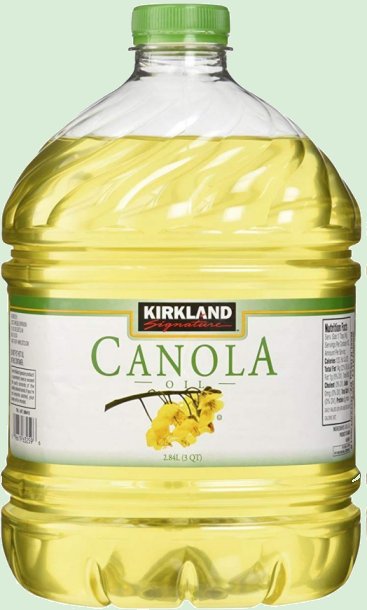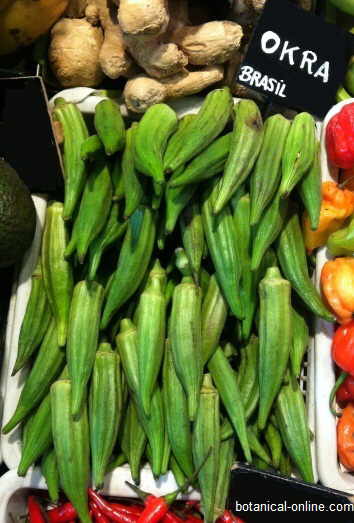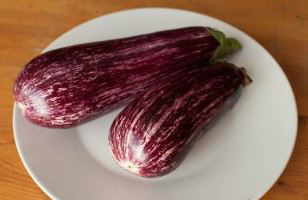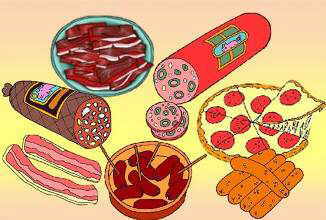Contents
- 1 Food toxins that can affect our health
- 2 What is the toxicology of food?
- 3 Importance of nutrition in the appearance of cancer
- 4 Carcinogenic substances that are formed during the processing of food
- 5 Nitrites, nitrates and nitrosamines
- 6 Toxics by cooking proteins
- 7 Toxics by processed foods rich in carbohydrates
- 8 Toxics by processing oils and fats
Food toxins that can affect our health
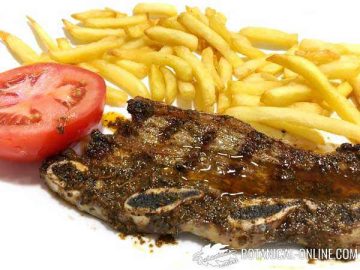
What is the toxicology of food?
Food toxicology is a part of the toxicology that is responsible for studying the toxicity of food.
In epidemiological studies, a close relationship has been observed between the type of diet and the incidence of cancer. It is estimated that between 35 and 45% of cancers are related to the type of food.
Importance of nutrition in the appearance of cancer
Overeating, a poor quality high-fat diet , eating too much salt, abuse of industrial products, smoked foods, or eating few fresh foods, such as vegetables and fruits, are examples of eating styles that favor the appearance of cancer.
Some natural foods may also contain substances dangerous to health, such as pesticides, alkaloids or mycotoxins (which are formed by poor preservation of food, such as in cereals and nuts) …
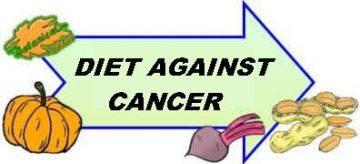
Carcinogenic substances that are formed during the processing of food
Some toxic foods are formed during the processing or cooking of food. This supposes a health problem when the food predominates cooked at high temperatures (grilled meat, roasts, smoked meats, barbecues, etc.).
Taking properly cooked foods can prevent certain types of cancer (salads, cooking at low temperatures such as steaming or boiling).
Nitrites, nitrates and nitrosamines
Nitrates and nitrites reach our diet by plant foods, animal products and because they are used as preservative additives (meat, canned, cured and salted products).
The problem with nitrites and nitrates is that they are transformed into nitrosamines, components that can cause cancer of the esophagus, stomach, liver, lung and urinary tract. The cooking of the food, the smoking, curing or maturation increase the passage of nitrites and nitrates in nitrosamines, while some vitamins avoid it.
The foods richest in nitrosamines are smoked meats and fish, sausages, pâtés, anchovies, barbecues, roasts, etc. Of course, from a global point of view, tobacco is one of the most important sources of nitrosamines.
Toxics by cooking proteins
When high-protein foods such as meat, fish or shellfish are exposed to very high temperatures, toxic compounds can be produced, because the amino acids are transformed into mutagenic components (which can cause cancer-causing mutations in the cells).
Mainly two types of toxic are formed:
These components can be a health problem in societies where there is an abundance of grilled, barbecued or roasted meat.
Toxics by processed foods rich in carbohydrates
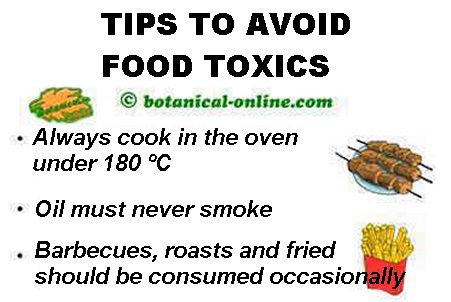
Foods rich in carbohydrates, such as potatoes or cereals, produce chemicals when cooked at high temperatures. A sample of the reaction that occurs can be observed with the tan color acquired by these foods, called the Maillard reaction.
In 2002, a component derived from the Maillard reactions with possible carcinogenic properties was discovered:
Toxics by processing oils and fats
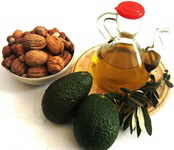
Oils and fats must be cooked properly, that is, at medium temperatures, without burning or reheating, to prevent them from deteriorating and can be harmful to health.
Too much oil heating (for example, when the oil smokes), causes the formation of free radicals that damage our cells causing cellular aging, cell membrane breaks, mutations or cancer cells.
Oils may also contain polycyclic aromatic hydrocarbons (PAH), seen above.
![]() More information on toxic products in food
More information on toxic products in food

